RAAW Mountain Bikes – An interview with founder Ruben Torenbeek
No frills. Pure function. One way of describing an MTB from RAAW is that it does exactly what it says on the tin. But it shouldn’t come as any surprise that this German brand based in Kempten have a whole lot more going on. We linked with founder Ruben Torenbeek to talk the past, present and future of RAAW, while getting the lowdown on his new life in the MTB mecca of Squamish.
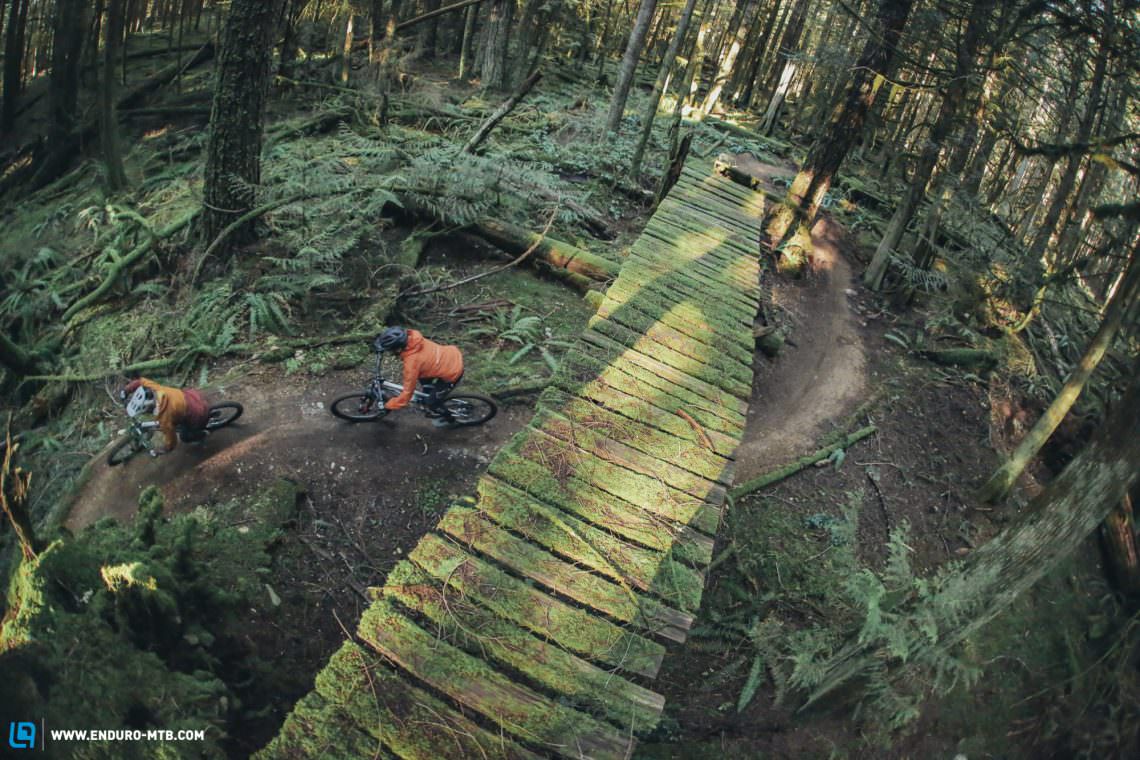
As the first beer bottles are opened at the ENDURO office in Stuttgart, Germany, Ruben Torenbeek is brewing his first coffee of the day. The nine-hour time difference falls in our favour, as he grins into his webcam, slightly bleary eyed. We catch a glimpse of his Madonna visible in the background, looking ready to shred. Since Ruben’s one-man-brand came to fruition in 2016, RAAW have had a hell of a ride, so we’re keen to walk through its evolution. How did RAAW Mountain Bikes turn into what it is today? What’s cooking right now and what can we expect to see from the now seven-strong team in the future?
Who or what is really behind RAAW Mountain Bikes?
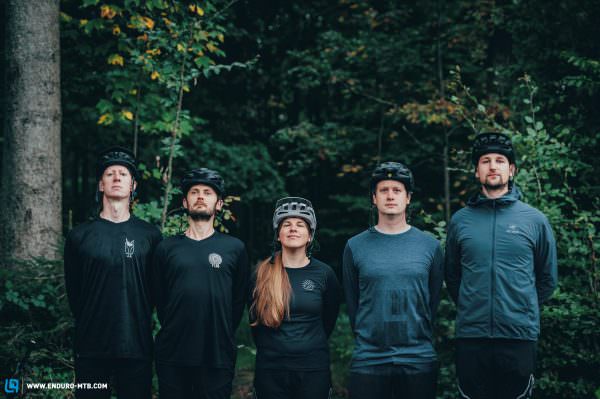
Anyone who single-handedly sets up their own mountain bike brand must be a little bit crazy, have a mind that’s ingrained with MTB industry know-how, and be born with mountains in their blood? Ruben nods his head as we speak. All affirmative, although his Dutch-sounding name gives away the fact that he grew up at sea level in the Netherlands. By the age of 12 he was a fully-fledged cross-country mountain biker before he got a taste for trials riding and downhill, leading him to pin on a number at iXS races on an almost weekly basis. So far, so standard. A lot of us have a similar story, right? But how many of us take things as far as developing and building bikes? For Ruben, it was while he was studying mechanical engineering and product design that he spotted the potential for turning his passion into an income. After a string of apprenticeships across the industry to plug the gaps in his knowledge, he ended up writing his university thesis at GHOST, who then hired him straight after graduation as a bike engineer. After cutting his teeth there for a few years, Ruben moved to SCOTT but quickly figured out that he prefers the energy of following his own path. What followed was the realization that there was no reason he couldn’t adopt his own approach. Let’s be clear: it isn’t easy to start a business and Ruben’s the first to admit that setting up his own bike brand alone was a big ask. RAAW first came to life in 2016, headquartered in Kempten in the Allgäu, Southern Germany, and he steered solo for a long period of time. Now it has grown to a team of seven, mainly covering customer support, marketing, product management but also assist with product development. And the logistics? All overseen by Ruben from his adopted home in Squamish.

What makes an MTB stand out to me is that at first glance it appears to be some welded-together tubes, but the more you delve into it, you discover just how much has gone into that object.
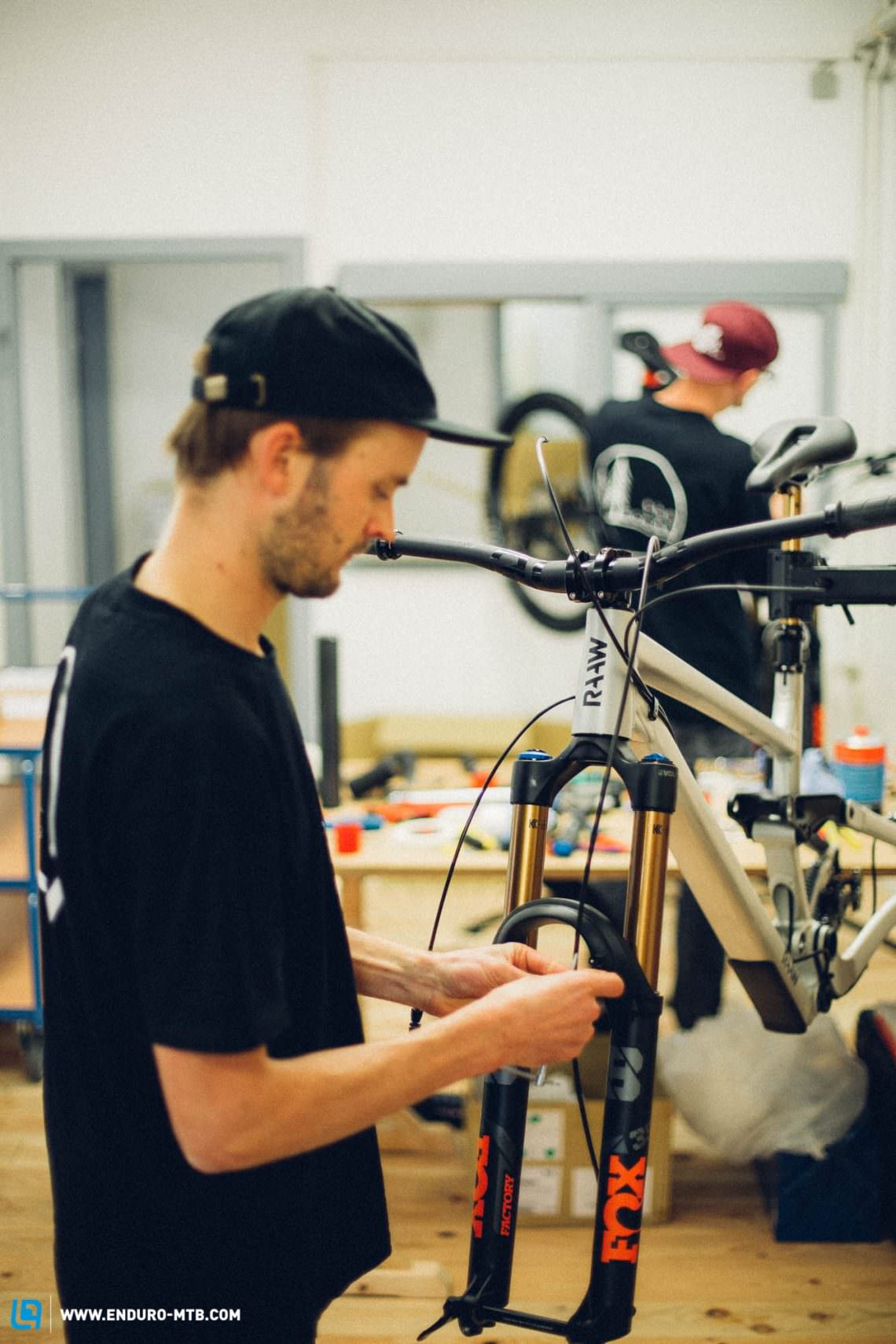
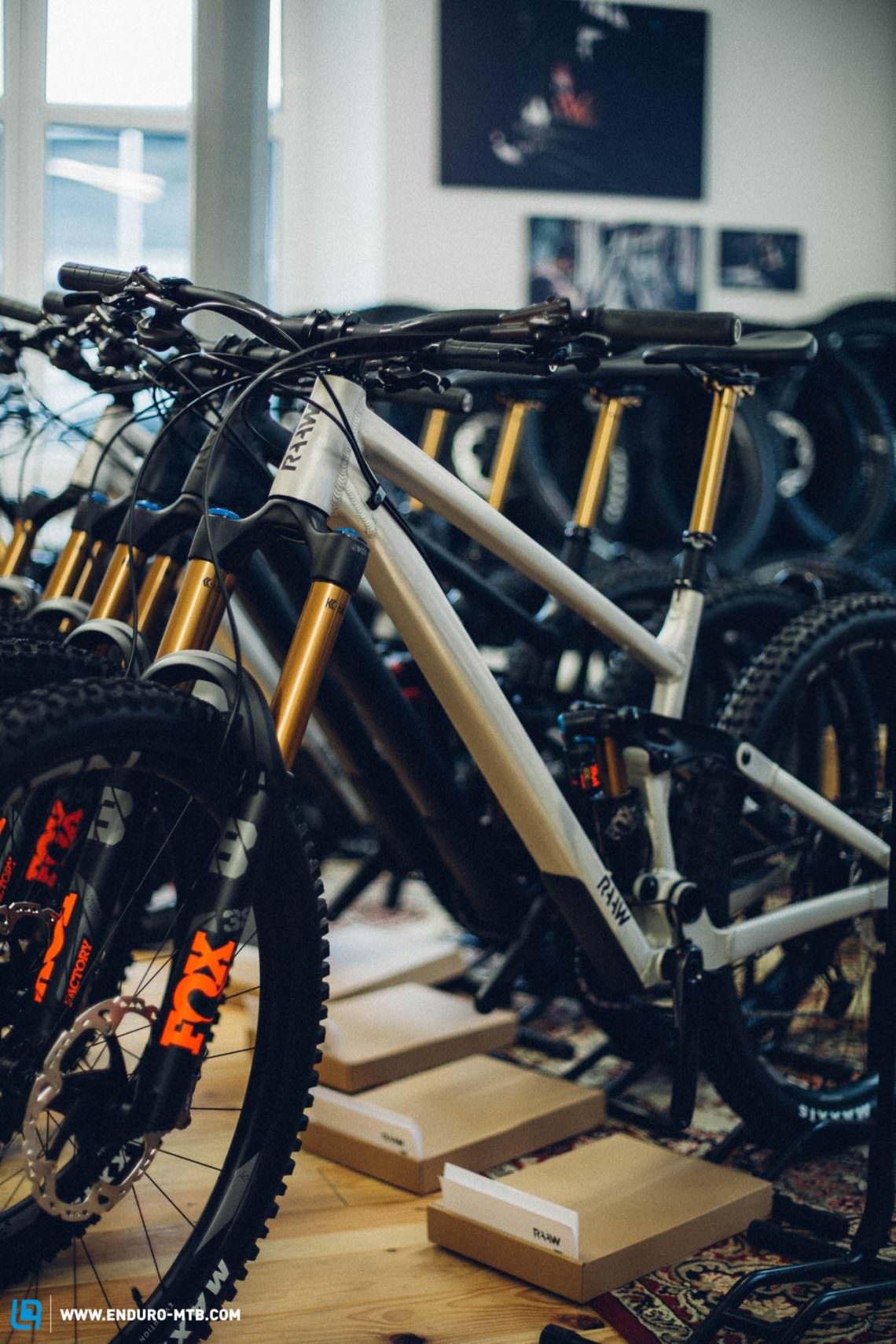
The role that innovation plays when it comes to individual components on a bike is overrated. It’s the whole concept that matters most and making sure that it suits the target users.
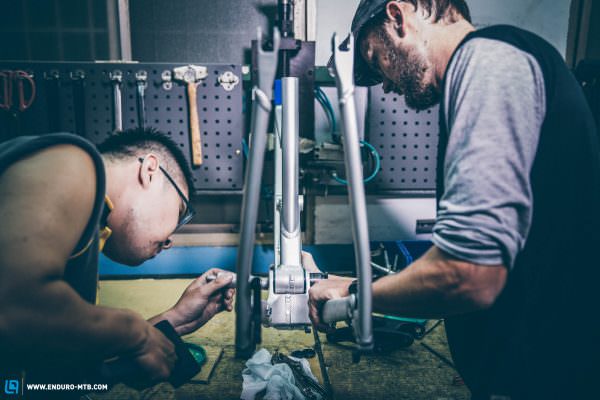
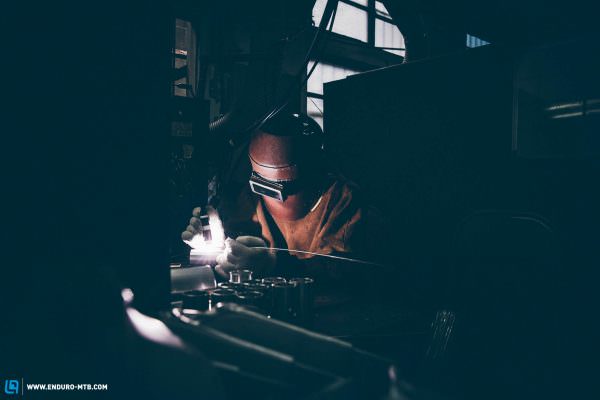
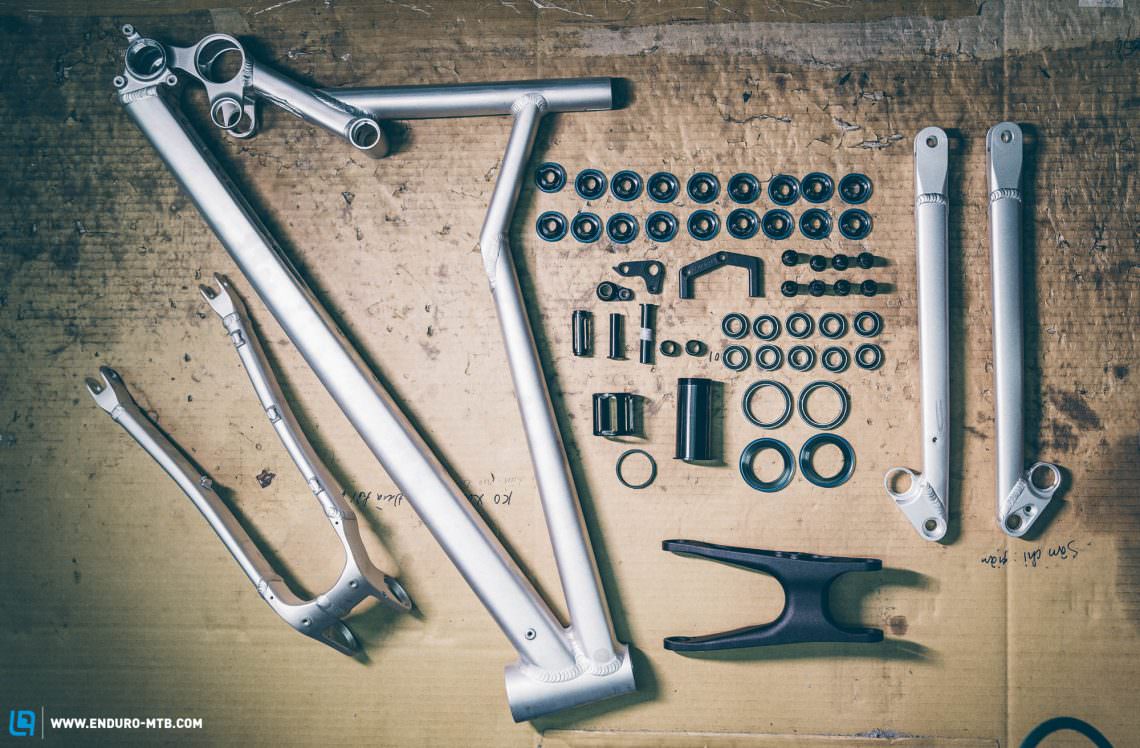
What does RAAW stand for?
Okay, we get it. The big picture perspective. But what does that mean for RAAW’s bikes? There’s got to be a reason that a brand gets such hype around its models. Exhibit A: the Madonna V1, the first-ever bike that RAAW produced, released one year after the brand launched. It’s a bike made in Ruben’s vision, designed to be ridden hard, used well and loved – and if enough riders cared about the same thing, then that’d be the best result. The fact that the Madonna is an enduring part of RAAW’s young history is a good sign. The original marketing didn’t try and gloss over anything; it simply stated what Ruben thought was so cool about the bike. Hold on. We have to rewind. How did Ruben create a full MTB on his own – especially one that rides like the Madonna? Isn’t a bike the product of many bright minds and a whole lot of collaborative innovation? Here’s where Ruben begs to differ: Being a one-man team gives him freedom. It keeps the process lean, meaning RAAW can be agile in its decisions and never lose sight of what’s actually happening throughout the process. This element – in Ruben’s eyes – is more important than how each individual component has been innovated. Bikes are a tool, he says with a grin, which you appreciate as a whole – hence the holistic approach to design.
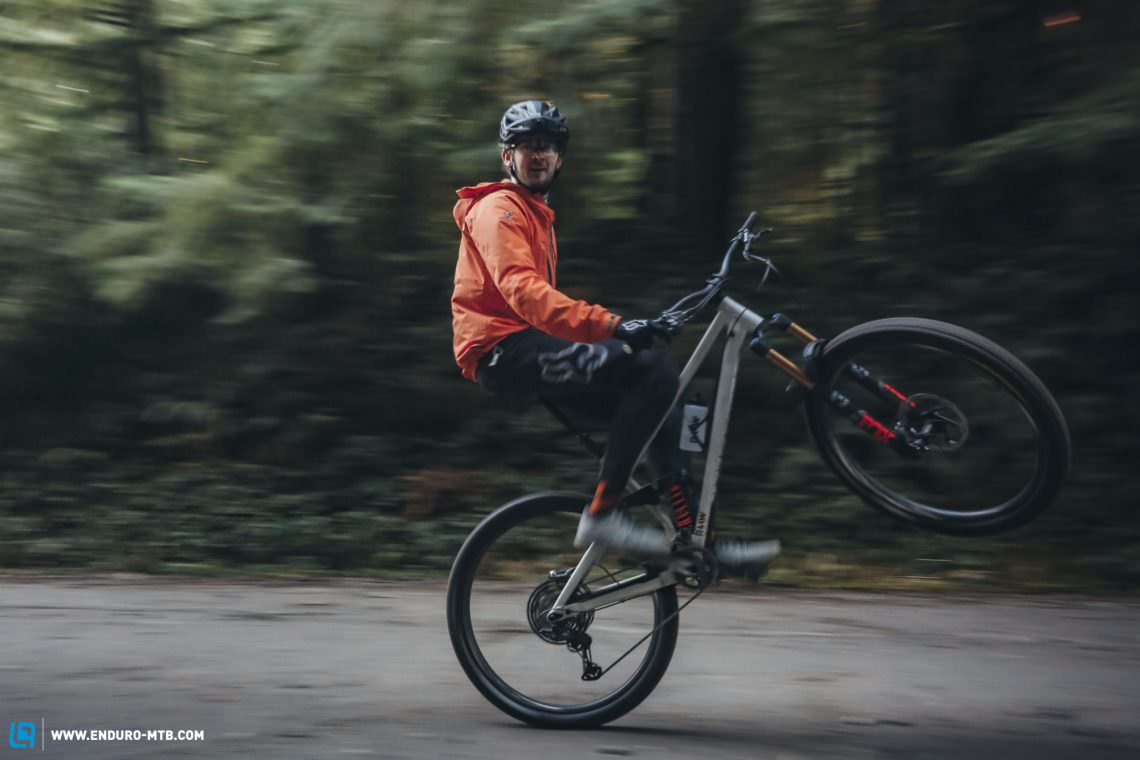

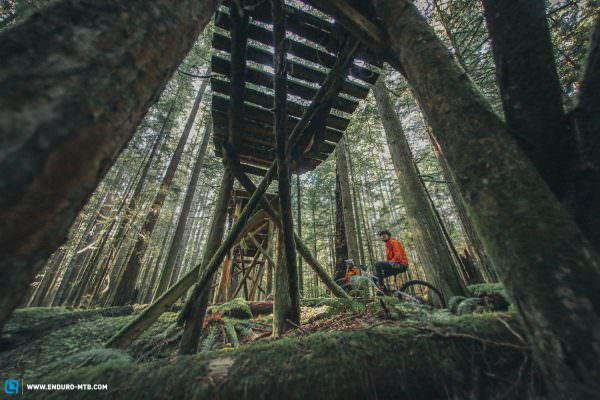
Ruben is of the view that how a bike handles doesn’t come down to one single value, but requires nailing the right combination and getting the interplay between all parts of the equation. He’s quick to say he’s got no time for people claiming to want a specific head angle, chainstay length or handling characteristic. FYI: RAAW’s chainstay lengths vary based on frame size and are engineered for the ultimate balance on the bike. RAAW translate their functionality into a reduced colour palette and minimal bling on the bikes. It’s such a stripped-back aesthetic with minimal branding that it verges on underwhelming. But that’s why their bikes are so intriguing, with each one displaying certain hallmarks that are fundamental to RAAW – including oversized bearings, extra seals and external cables. These naked elements are Ruben’s response to an industry that he sees as technology-saturated, where products are heaped with extra features regardless of the actual value it offers to riders. This unbending attitude is also what inspired the name RAAW – with the second A being brought in as a last-minute addition just two weeks before launching after copyright issues with a fashion brand cropped up and prevented him from using his friend’s original suggestion of RAW.
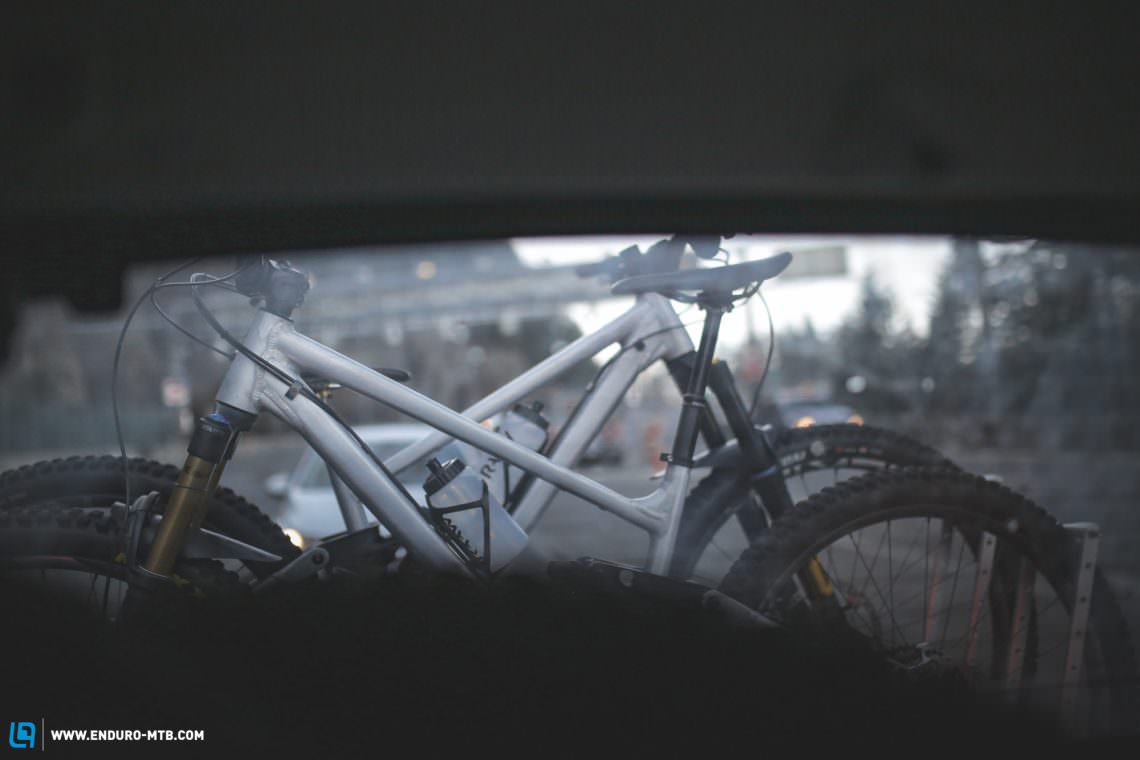
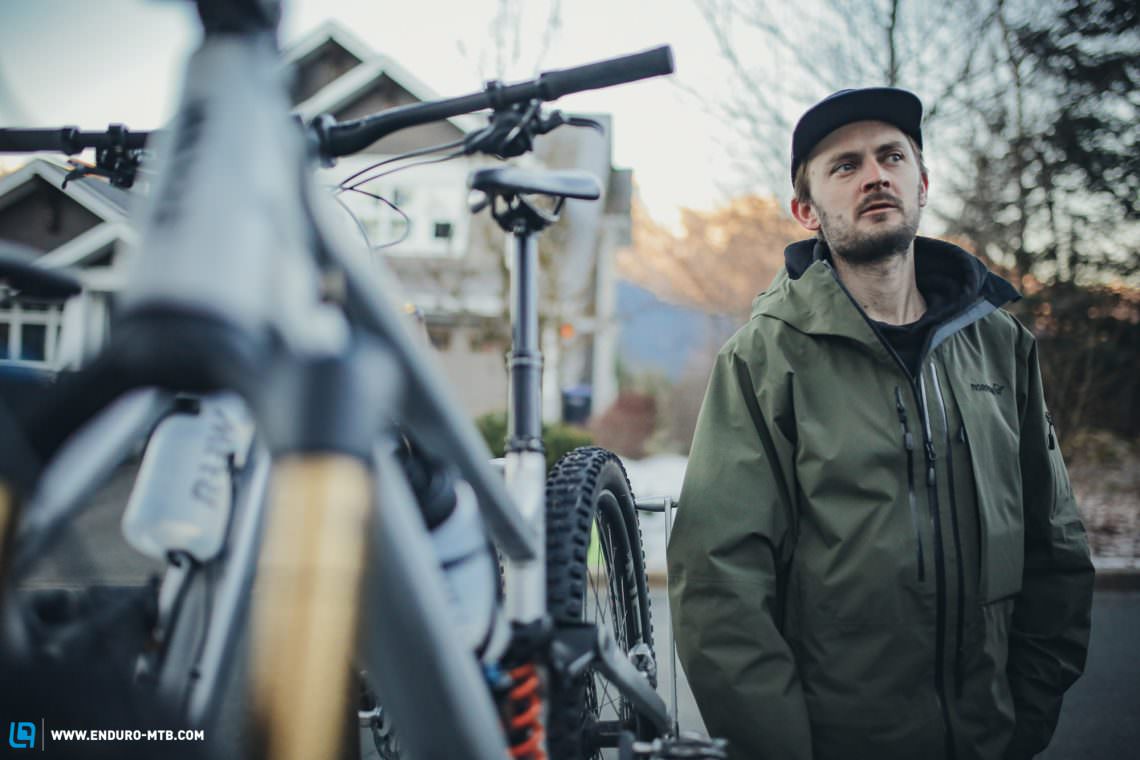
What’s happening at RAAW right now?
Ruben’s face lights up as he reflects on the past year. His move to Squamish is basically the fulfilment of every European MTBer’s dreams. After six years chasing the goal at RAAW from his homebase, it was time for a change of scenery and he was enticed by the sublime trails that BC has to offer. The plan, he explains, is to stay there for a few more years to get a footing for the brand and get the logistics running smoothly. With a warehouse in Southern Germany and at least one future warehouse in Canada, he’s confident that riders won’t have to wait long for a derailleur hanger or any bearings. But before people need spare parts, they need to know the brand. “Bikes shops over here aren’t like the ones in Germany,” says Ruben somewhat incredulously, “it’s not all about selling ebikes and hybrids to inexperienced riders. They’re places where you come to source spares and know-how; places where people want to go and hang out and have a drink after laps on the trails.” Also part of the plan for RAAW while stateside? It’d be nice to get the bikes in a few shop windows.
RAAW are pretty well known in certain scenes, particularly in Germany, whereas four out of five people haven’t heard of the brand over here in North America. It’s really exciting as it shows how much potential there is for us.
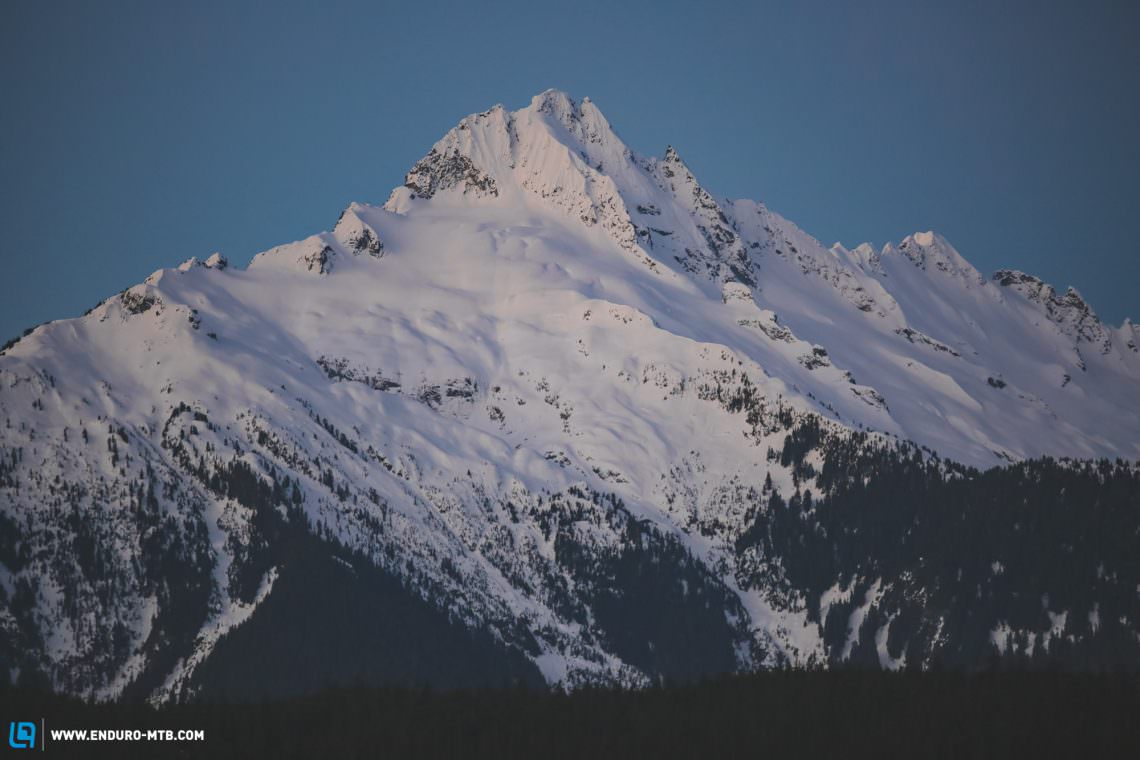
In more concrete news, RAAW have entered the race scene by supporting the RAAW // LEVELNINE Gravity Team in the Enduro World Series and the 555 RAAW Gravity Racing Team in the UCI Downhill World Cup. “Racing is ace,” adds Ruben with a grin, explaining that – even though it was never his intention – the Madonna cuts a fine figure as an enduro race bike given its versatility and functionality. For the grittier stuff, RAAW’s newest downhill bike has been conceived from the ground up for racing. But intentional or not, RAAW are not holding back in either discipline and we’re excited to see the teams’ progress.
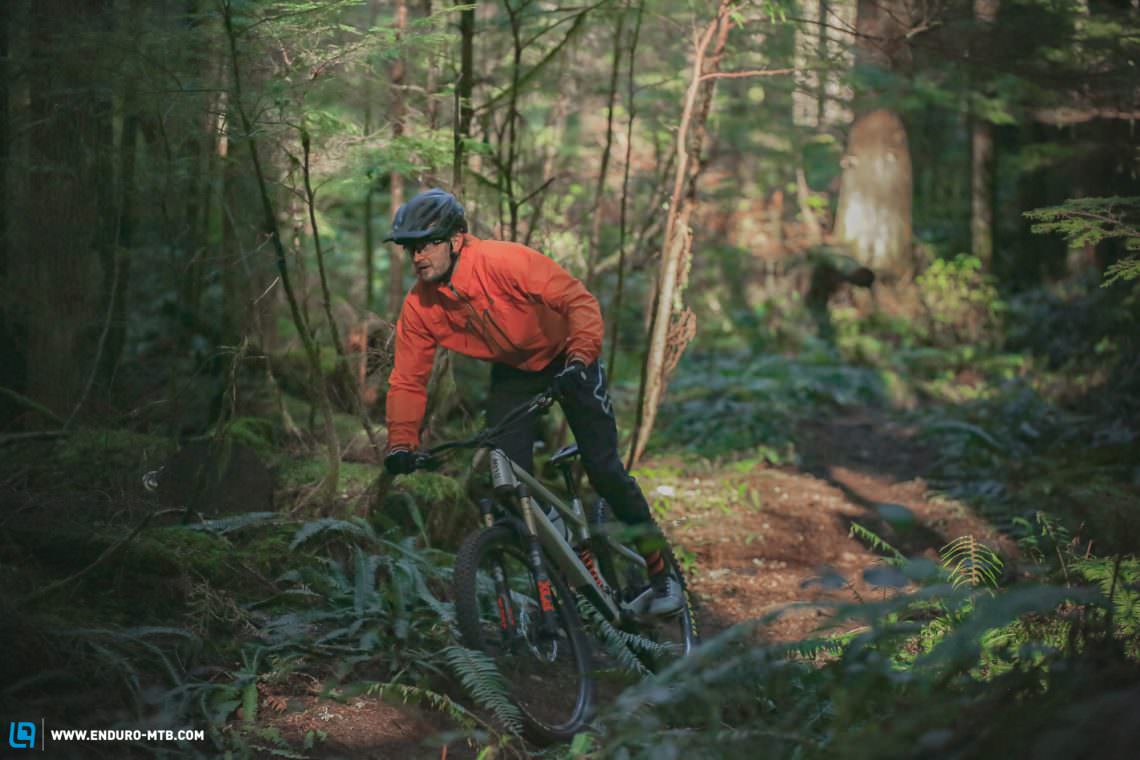
What does the future have in store for RAAW?
ENDURO’s takeaway: Don’t expect any major shifts in the RAAW line-up in the near future. The focus is going to be on further developing the brand’s current models.
Will we see an eMTB from RAAW?
The answer is short and to the point. Adding a motor destroys the simplicity of a mountain bike, which means it’s off the cards for the small brand. It’d also warrant significant growth before the brand are ready to tackle the increased complexity of ebike production.
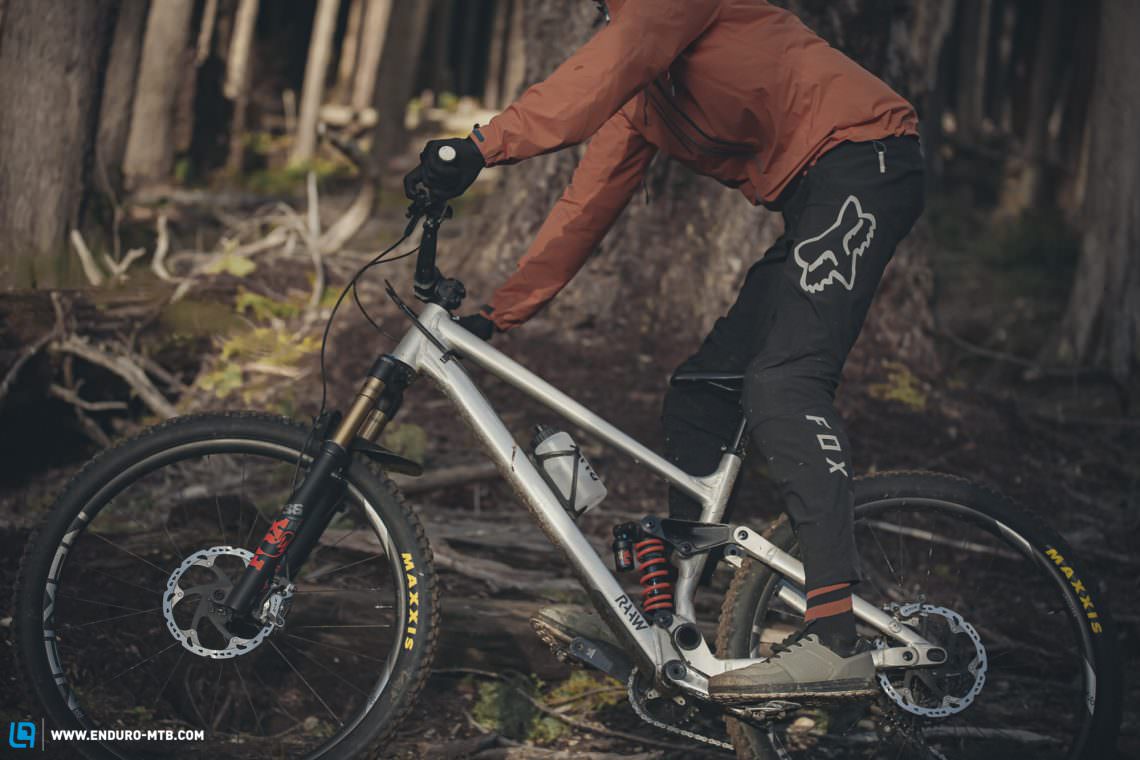
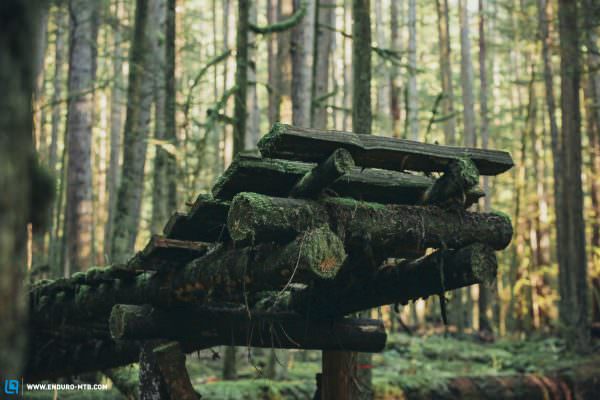
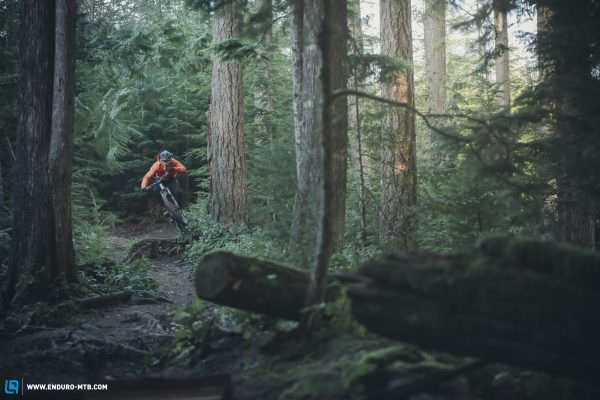
How likely are RAAW road and gravel bikes?
The clue is in the name: RAAW Mountain Bikes. Ruben is happy to leave these segments to other specialists.
Will RAAW make a carbon bike?
Ruben’s a big advocate for aluminium based on its durability, riding performance, and the way it channels RAAW’s ethos, so carbon is still off the cards – although not entirely, as Ruben wouldn’t rule it out for use on a lightweight, playful trail bike.
What’s Ruben’s take on high pivot bikes?
RAAW are not known for jumping on trends. And that’s the case with the current hype around high pivot bikes. In Ruben’s opinion, by making that one decision you seriously limit the rest of the bike’s design. What use is being able to minutely fine-tune anti-squat, reduce pedal kickback and get a more rearward axle path if the bike’s balance – the trait that RAAW care about so much, remember – is affected with a change to the dynamic geometry each time the suspension compresses? A longer rear end also demands more rigidity to achieve the same stability. For these reasons, Ruben’s happy to stick with a classic four-bar linkage with a vertical rear shock as it offers the best platform for a design that meets the ride performance he’s after.

It doesn’t sound as though much will change too visibly – but that’s by design, meaning that RAAW keep the big picture perspective of their bikes and stay true to their roots.
RAAW’s founding principles are all the focus on durability and functionality, and it’s an ethos that has seen them carve out a space in Germany that’s now growing fast beyond its borders. RAAW don’t deal in hype and – despite the expansion to North America – want to stay low-key to keep that big picture perspective with every bike design.

